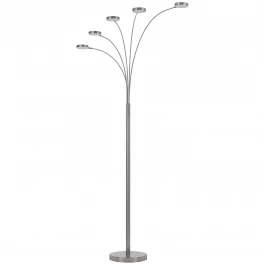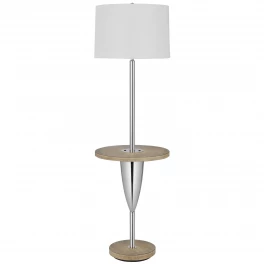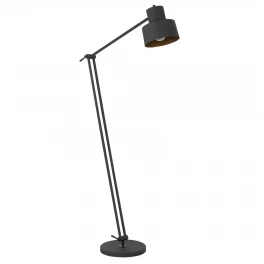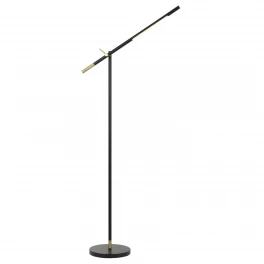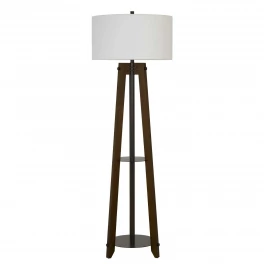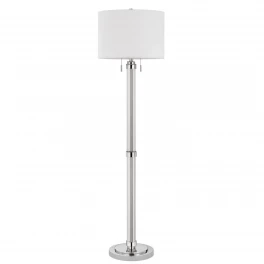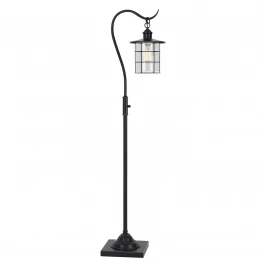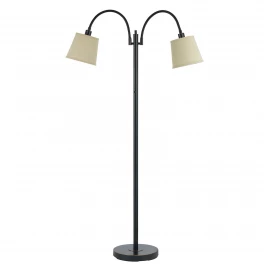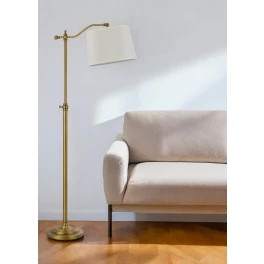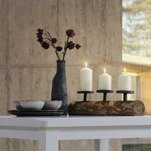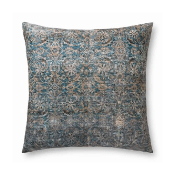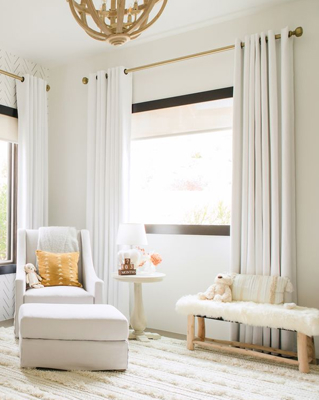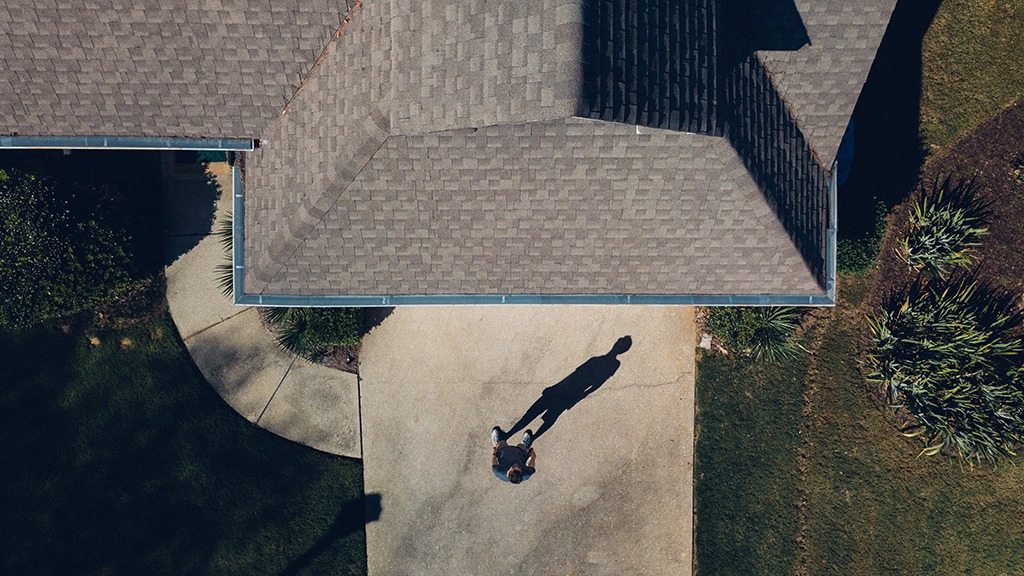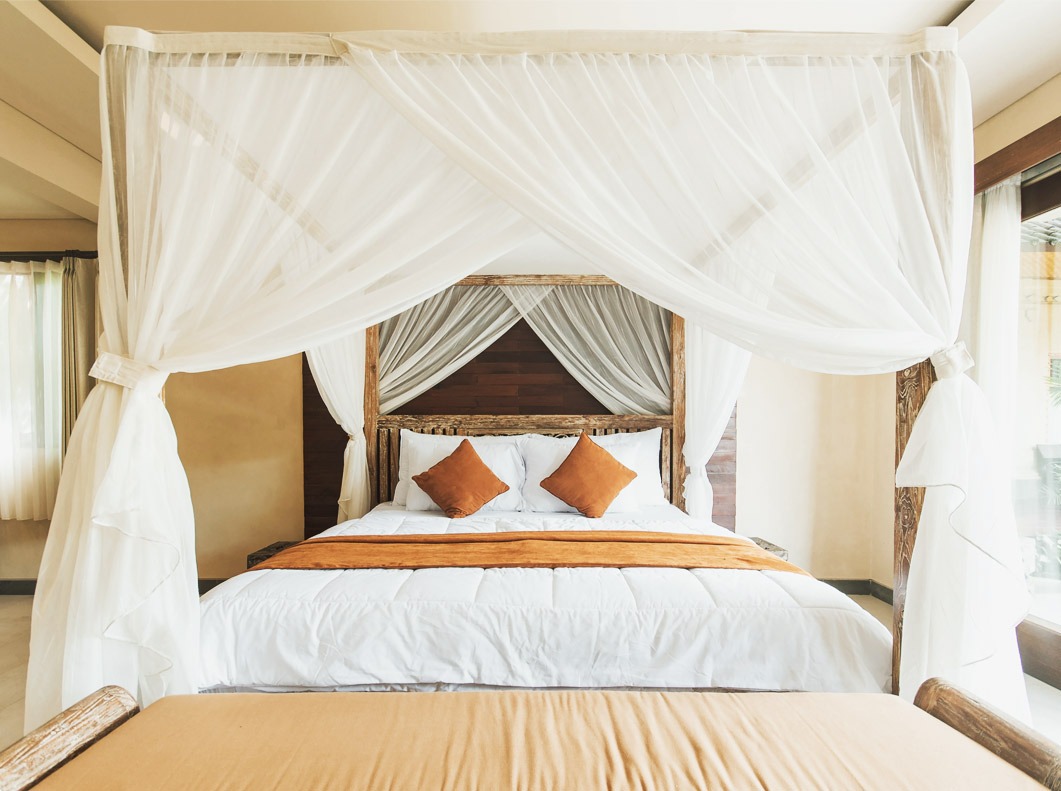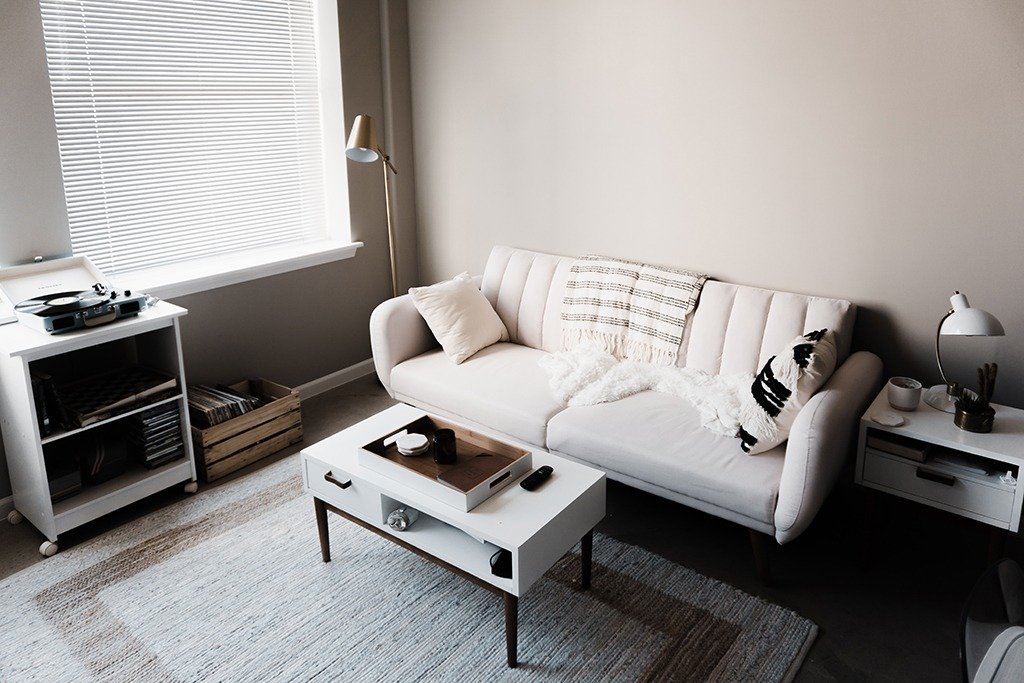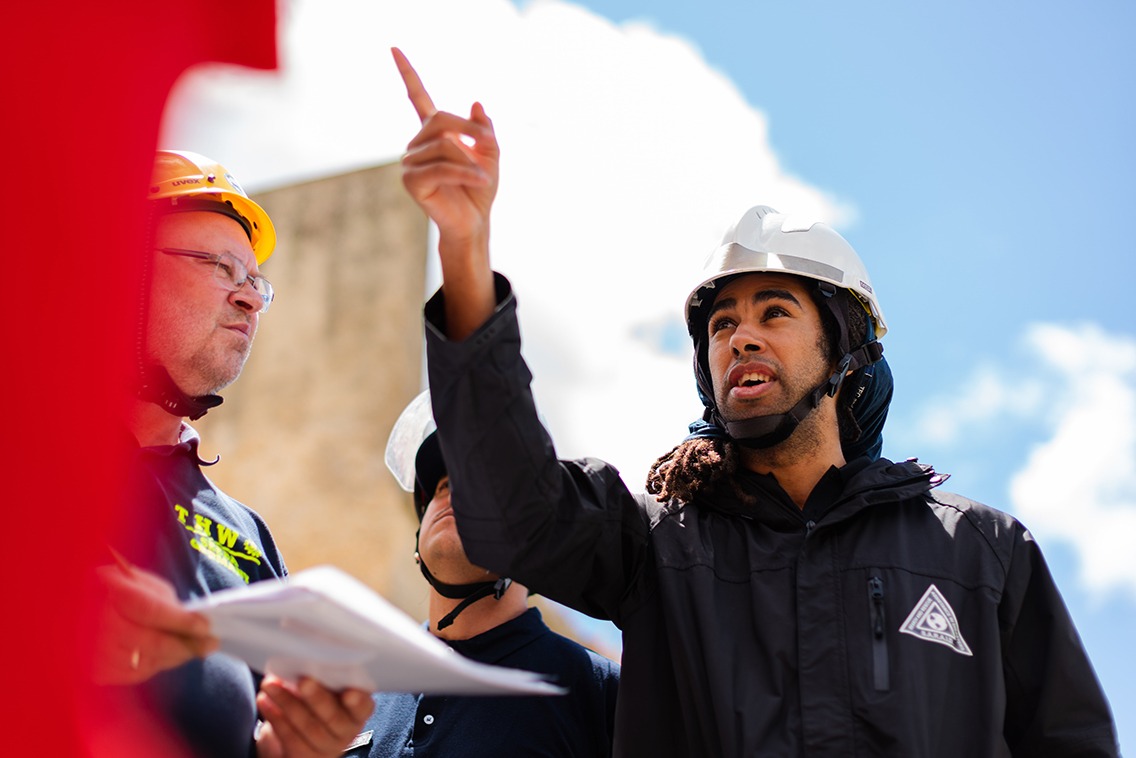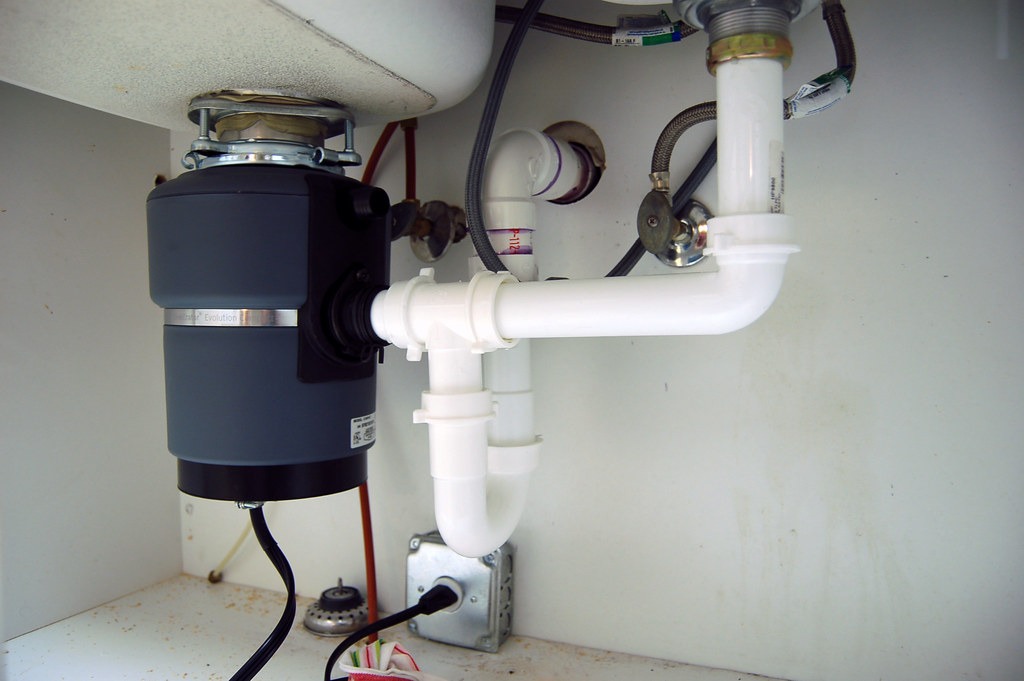Bamboo flooring is one of the trendiest options available to homeowners looking to blend the beauty of natural hardwoods with aspects of eco-friendliness and long-term durability.
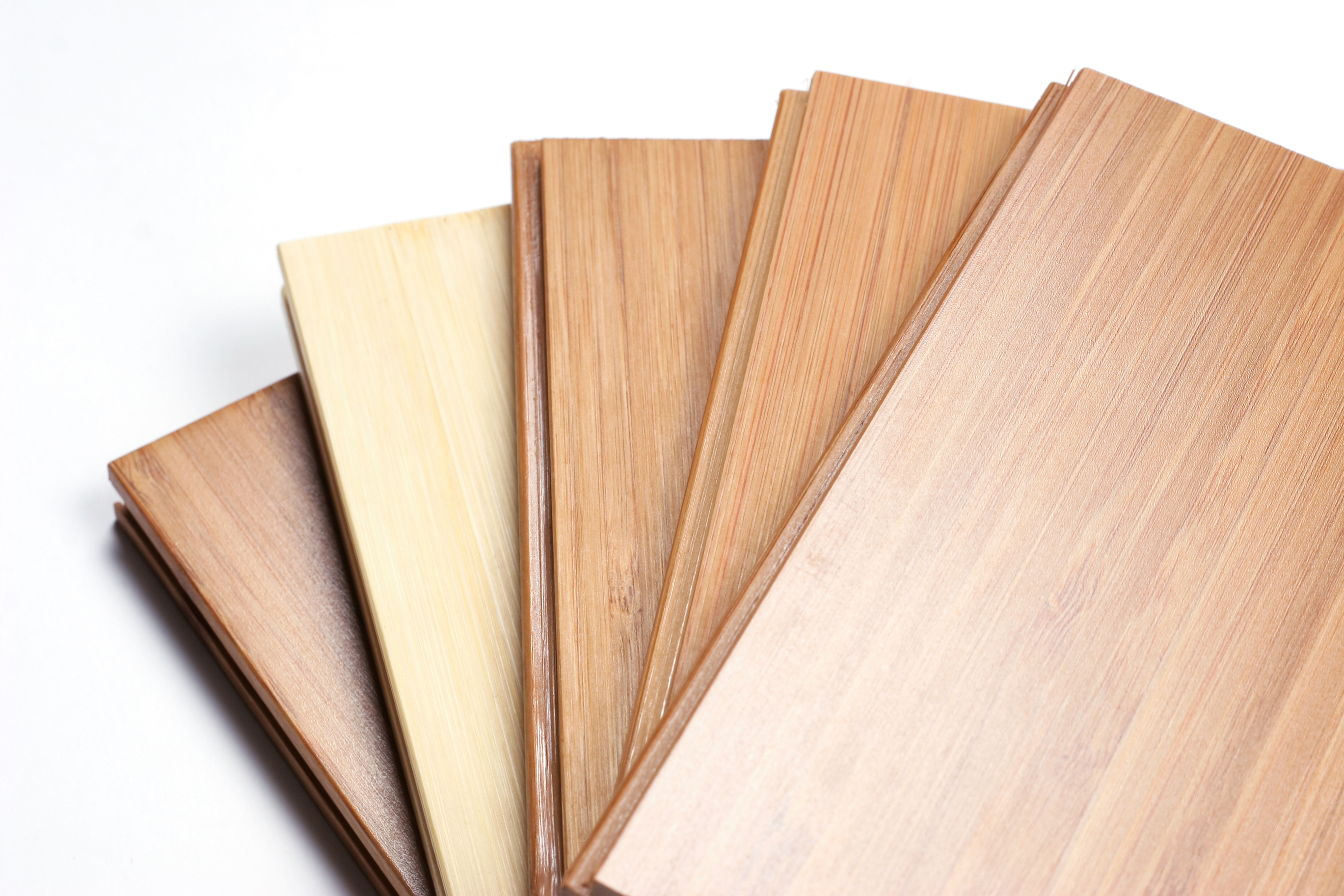
Photo by Mouton1980 on Dreamstime
Bamboo isn’t just limited to those looking to incorporate sustainable home design features. It’s actually a highly versatile flooring material that’s perfect for almost all homes. So whether you’re interested in creating a cozy, natural farmhouse or want to feature popular modern home designs, don’t overlook bamboo as your flooring option.
There are definite pros and cons to bamboo. To determine if it’s the best flooring option for your home, consider the following:
What Is Bamboo Flooring Made Of?
Bamboo, considered one of the best types of hardwood floors available on the market today, is technically not even a wood. It’s a grass!
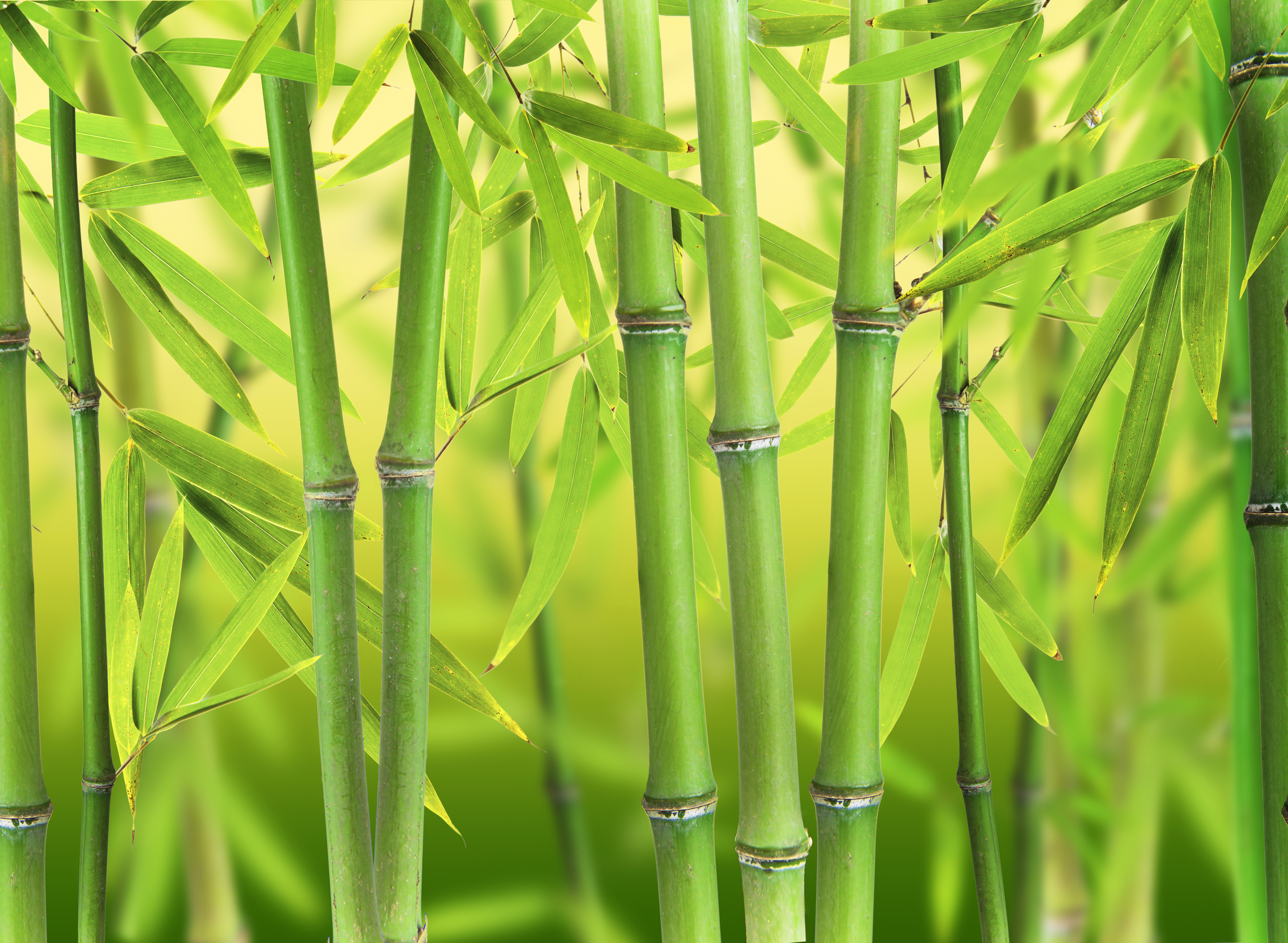
Photo by Jakub Gojda on Dreamstime
To achieve the unique characteristic and appearance of bamboo flooring, bamboo shoots grown primarily in China are sliced into thin strips, boiled in a boric acid or lime solution to remove the plant’s natural sugars, dried, and then arranged on larger pieces of bamboo or on top of plywood. The finished product is sealed with adhesives, cured, and then ready to install.
Purchasing and Installing Bamboo
Head over to your local home improvement store or flooring warehouse to browse their selection of bamboo. In addition to product, most retailers offer installation services. Just keep in mind that this generally tacks on an additional $2 to $3 per square foot.

Photo by Monkey Business Images on Shutterstock
If you’re interested in performing the install yourself, you’ll find that installing bamboo floors is just like installing any other type of hardwood. It can either be nailed down or glued depending on the type of flooring you purchase and your home’s sub-floor. Be sure to research rental and other costs associated with a DIY hardwood project. Some common expenses include renting a pneumatic nailer and purchasing the vapor barrier.
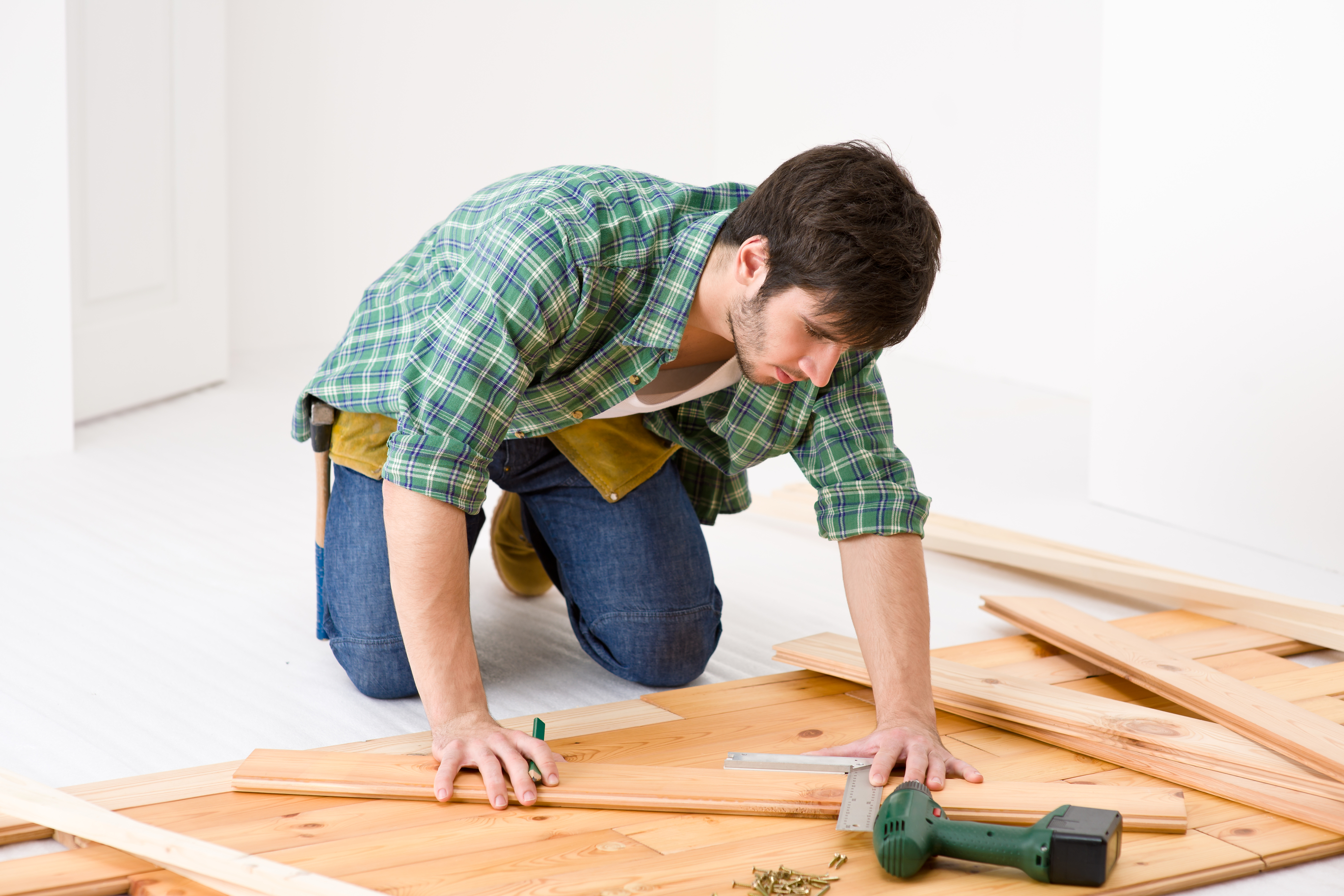
Photo by Candybox Images on Dreamstime
Price
Bamboo flooring cost varies depending on the grade of bamboo you want. Higher-quality bamboo floors are generally more durable and have less volatile organic compounds (VOCs). On the flip side, they cost upwards of $6-$8 or more per square foot.
There’s affordable bamboo flooring on the market with prices ranging from $3 to $5 per square foot (shipped), and keep in mind that there is a wide difference in quality between brands, so make sure to search for online reviews for any brand you're considering purchasing.
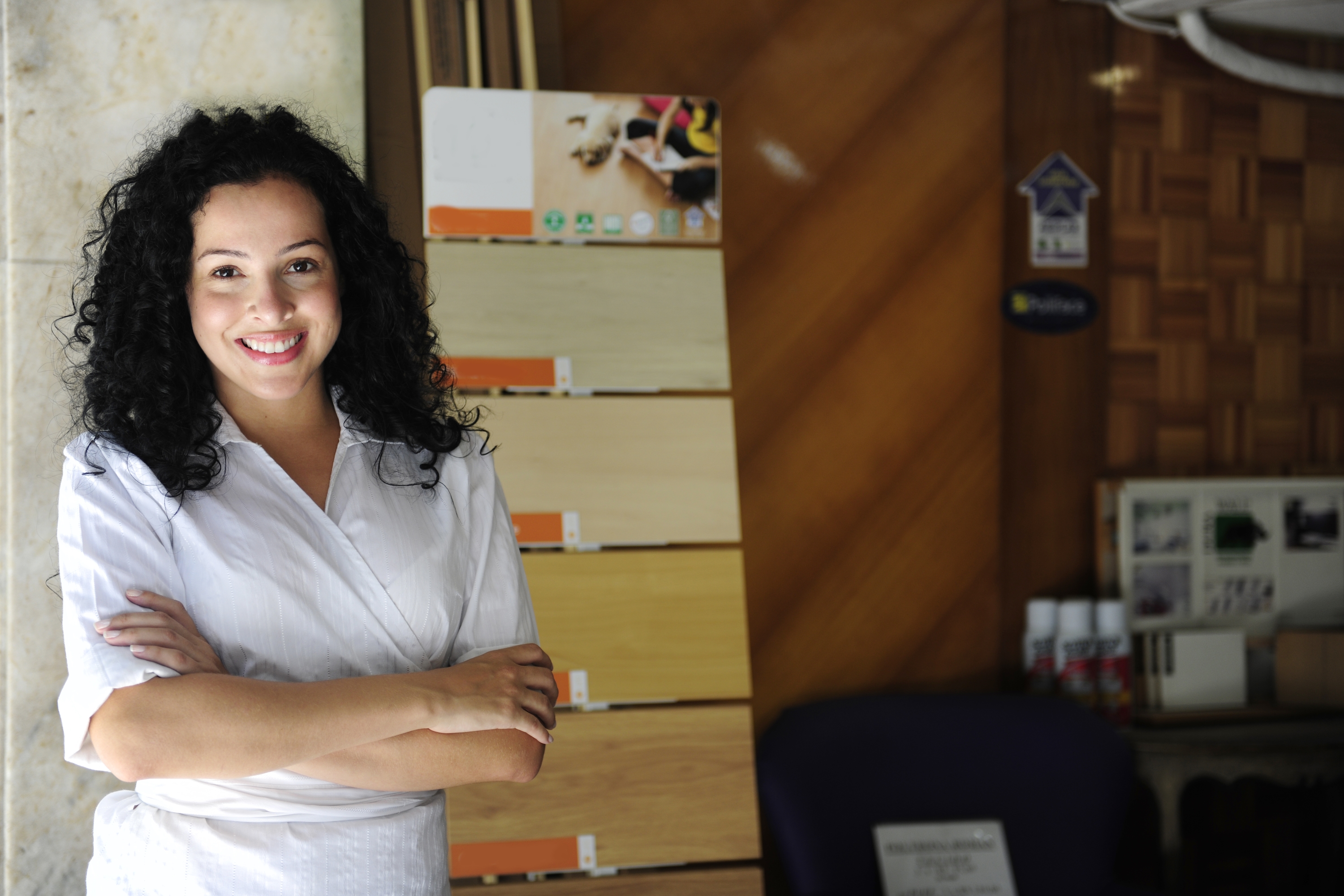
Photo by mangostock on Shutterstock
Bamboo Flooring Pros & Cons
Pro: Bamboo is a sustainable grass. As opposed to hardwood trees that require 20 or more years to mature, bamboo is replenished naturally every time it’s harvested.
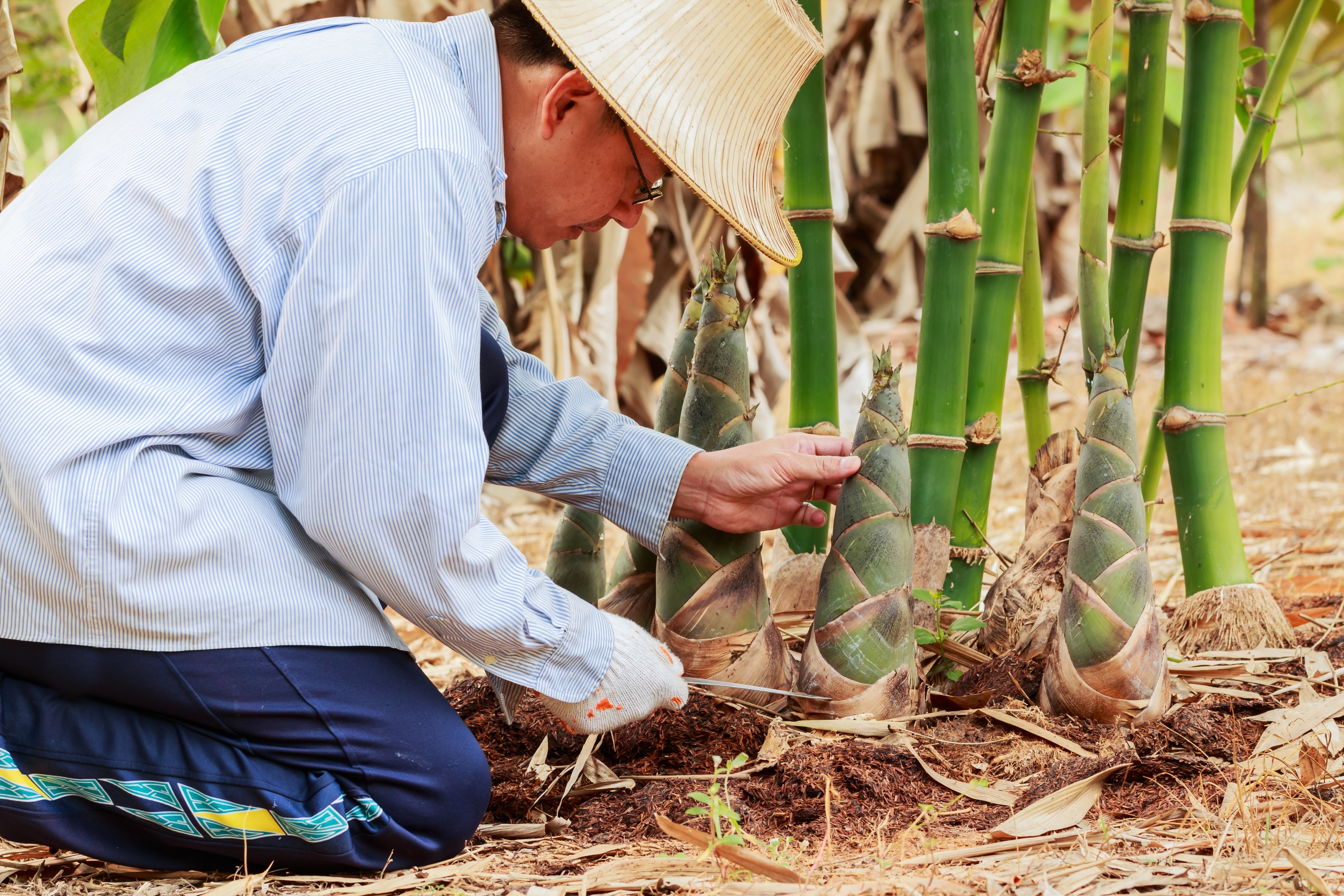
Photo by sarayuth3390 on Shutterstock
Con: To meet consumer demand, much of China’s natural landscape has been replaced with bamboo grass.
Pro: Since it’s actually an engineered hardwood, it’s considered stronger and more durable (per the standard hardiness rating) than other species like pine or maple.
Con: Bamboo flooring often contains higher than recommended levels of VOCs due to the need to adhere the bamboo pieces together. In general, bamboo’s VOC levels are lower than vinyl laminate.
Pro: Because of the concern over these VOCs, many bamboo flooring manufacturers are using formaldehyde-free adhesives, which cuts down on the overall VOC level.
As you can see, bamboo definitely has some major perks. It’s made from a sustainable plant, is relatively comparable in price to hardwood flooring, and is built to last. To determine if bamboo is right for you, get out there and start shopping. You may find that it’s the exact style you’re looking for to replace your home’s current flooring.





